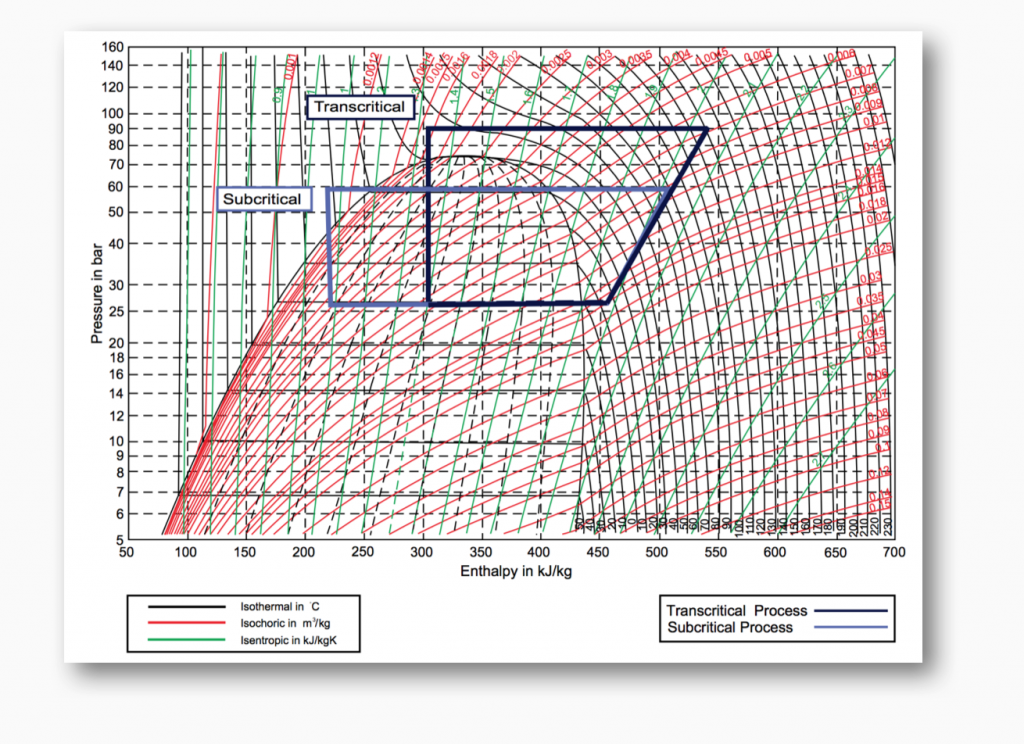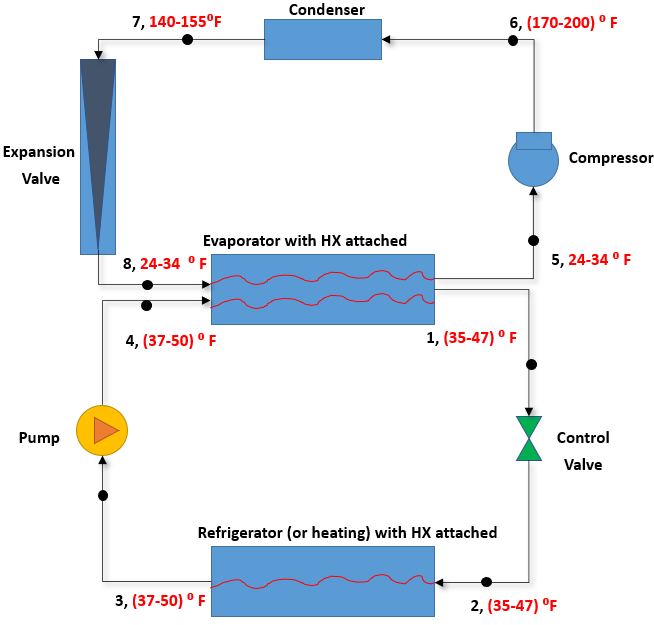Advanced Technologies for Space Heating of Buildings & Cities
Buildings represent a major source of energy consumption and Green House Gases (GHG) emissions and a target for intervention in decarbonization pathways. This is the case, for example of New York City (NYC), which recent passed a bill to decarbonize the building sector by 2050 starting in 2027. NYC has an excess of one million buildings with 1-4 family homes being the most common producing 52.9 million metric tons of carbon dioxide in 2014 alone. The main culprit being fossil fuels which are used in space heating and cooling which accounts for 6 of GHG emissions from buildings and 30% of citywide GHG emissions. The population in 2050 is expected to balloon by 9.2 million with 100,000 new buildings needed. This need for electrification in HVAC systems lends us to dive more into the use of heat pumps (HPs). Traditional HPs use either hydrofluorocarbons (R410A and R134), chlorofluorocarbons or hydrochlorofluorocarbons as refrigerants which have high global warming potential (GWP) and varying ozone depletion potentials (ODP). This presents the urgent need for accelerating technology development for the electrified HVAC building sector. Our proposal is to use a natural refrigerant such as carbon dioxide (R744) having a GWP of one and an ODP of zero while being a good conductor of heat, making it a prime candidate for electrified HVAC processes.

PROJECT SCOPE
The main goal of our efforts is to develop a commercially feasible R744 HP system for the multi-family building sector for cold climates. There are several potential challenges that we foresee in achieving this goal. Traditionally, HPs have been optimized for moderate climates where the need for cooling is larger than heating. Efficient for colder climates as those of the Northeast, while being affordable and attractive to customers with existing gas or oil powered systems to make the conversion to electric HPs represent as a whole major challenge. Our strategy calls for lab-based system optimization, scaling up to field-testing under actual buildings, understanding retrofitting, and eventually commercialization. The current stage is development of a black box model which will be used to initially test a commercially available R410a system and compare the achieved results with available data via the vendor and actual lab operation. This modeling approach has been extended to predict the expected performance for R744 HPs under expected operations for NYC winter scenarios where winter temperatures range from 8.3°C to 7.2°C
New Project

SPONSOR
U.S Department of Energy (DOE)
Building Technologies Office (BTO)
MSI STEM Research and Development Consortium (MSRDC)
PEOPLE
Jorge E. Gonzalez-Cruz
Principal Investigator
Prathap Ramamurthy
Co-Principal Investigator
David Garraway S M Abdur Rob
PhD Student PhD Student
